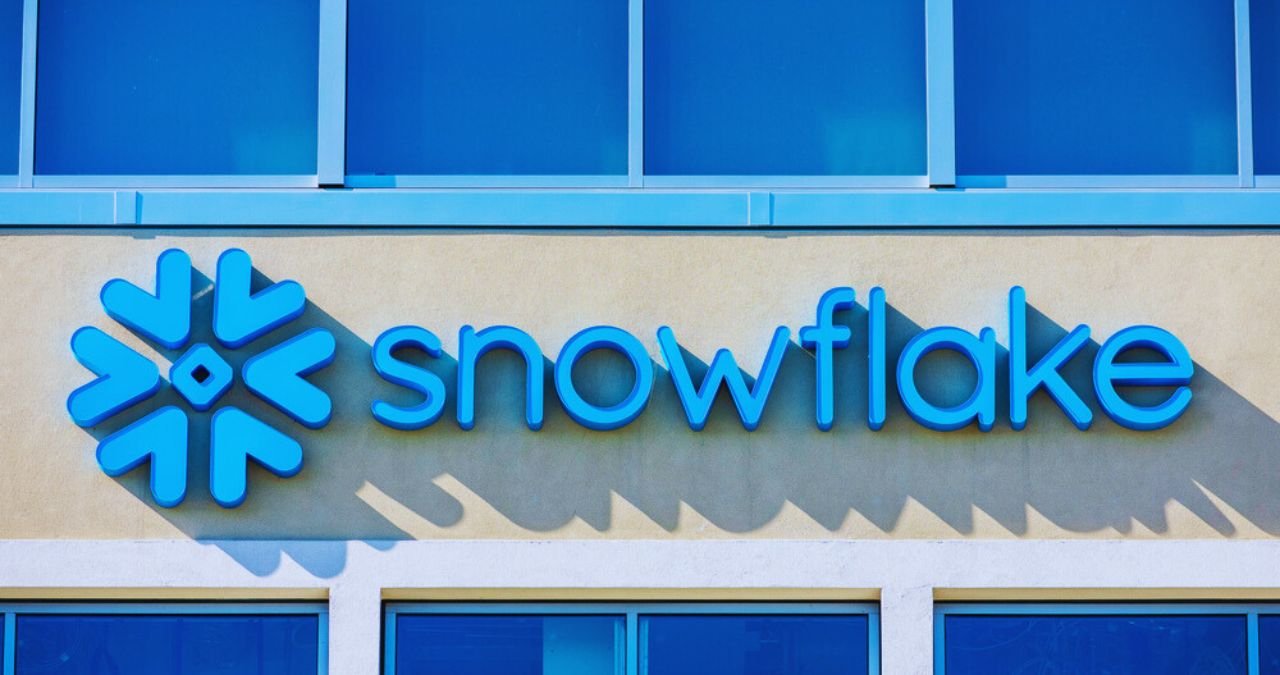In June 2021, Snowflake announced Snowpark, its development framework. He announced Snowpark Container Services integrating Kubernetes and Docker environments two years later. A way to expand its catalogue of third-party solutions, particularly towards AI, is a hot topic.
For Christian Kleinerman, senior vice president responsible for Snowflake products, Snowpark Container Services expands the firm’s use case capabilities.
Live in Las Vegas. Taking advantage of his conference in Las Vegas, Snowflake expanded the reach of Snowpark, its development framework, introduced in June 2021 and available to everyone since the end of January 2022.
It helps developers build pipelines and scalable applications, and machine learning flows directly into the platform using their preferred languages and libraries. On the occasion of the event, the firm announced Snowpark Container Services by extending its framework via a Kubernetes or Docker runtime for different applications.
In this context, the publisher has partnered with dozens of third-party software and application providers, including Alteryx, Astronomer, Dataiku, Hex, Nvidia, and SAS, to name a few, to offer customers access secure to a wide range of products and solutions within their Snowflake account.
Snowpark Container Services thus offers access to an extensive catalogue, huge language models (LLM), Notebooks, and MLOps tools. For example, in terms of compute acceleration, users can rely on Nvidia GPUs and AI software to run more workloads within Snowflake’s platform. For David Wallace, director of customer data and analytics research at IDC, this access is essential today:
“In an environment where the amount of customer data in data warehouses is constantly growing, the self-service access to information is essential”. Additionally, Snowpark Container Services can be used as part of the Native App offering (public preview on AWS).
In this case, developers can distribute applications that run entirely within their end customer’s Snowflake account. “Snowflake’s product advancements are revolutionizing the way customers build in the Data Cloud, enabling data scientists, data engineers, and application developers to benefit from expanded programmability and a wide range of use cases so they can build, test, and deploy anything they can dream up, without compromise,” said Christian Kleinerman, senior vice president of Snowflake products.
Snowpark Container Services is an additional runtime of Snowpark that helps developers save and deploy non-modifiable static files (“container images”) to Snowflake. (Credit: CS)
Make life easier for developers again and again.
By extending the capabilities to run various workloads, including full applications, LLM hosting, and model training, Snowflake opens up the realm of possibilities. The announcement made of a partnership with Nvidia earlier this week is proof. Through this collaboration, Snowflake customers will access Nvidia AI Enterprise – the software backbone of the Nvidia AI platform – through Snowpark Container Services.
The platform thus includes more than 100 frameworks, pre-trained models and development tools such as PyTorch for training, Rapids for data science and Triton Inference Server for production AI deployments. For this product launch, Snowflake has created a small partnership to test its technology in different environments with various use cases.
Amplitude, a specialist in product analytics, has already announced a native application in Snowflake using Snowpark Container Services. With this app, customers of both companies can, therefore, more easily access self-service user behaviour insights directly from their Snowflake instance. This notably involves “better understanding each stage of the customer journey, stimulating the growth of active users, increasing retention or even improving monetization”. This is one of the first concrete cases revealed following the product announcement.
Snowflake integrates its Container Services solution within the various LLM sources and its Data Cloud and Streamlit in particular. (Credit: CS)
In parallel, Snowflake announced other tools dedicated to development. These advancements include a set of Snowpark ML APIs for more efficient model development (available in public preview), a Snowpark model registry (Model Registry in private preview) for scalable MLOps, native Git integration ( private preview) to support CI/CD workflows, and native Command Line Interface (CLI) (private preview) to optimize development and testing.
Dedicated to data engineers, these tools should help them work more efficiently and cheaply with data requiring low latency without having to assemble solutions or build additional data pipelines. Finally, the firm declared that it was moving forward on the path to integrating Streamlit, a start-up acquired by Snowflake for $800 million.
The latter aimed to build an open-source project to facilitate the creation of custom applications to interact with data. As part of this integration, Snowflake says data scientists and other Python developers will be able to “increase the impact of their work by building apps that bridge the gap between data and business action.”
Also Read : The Future Of Windows Will Be More And More Cloud, According To Microsoft.




